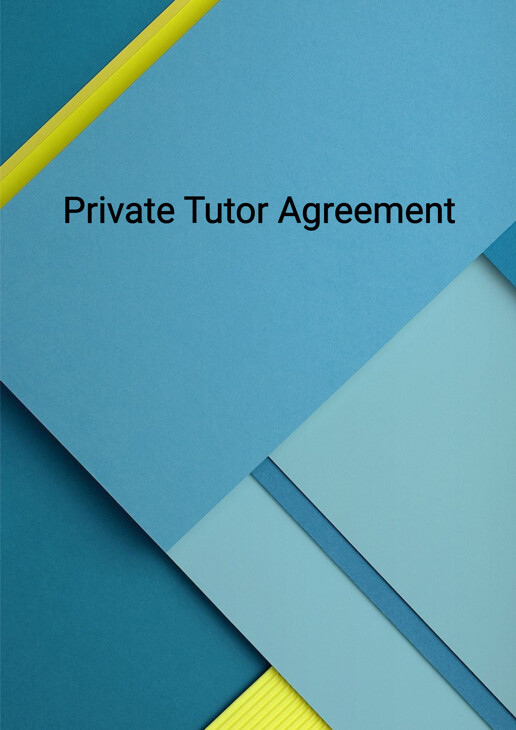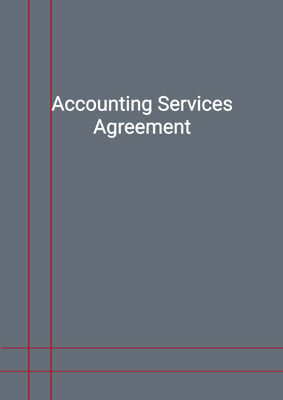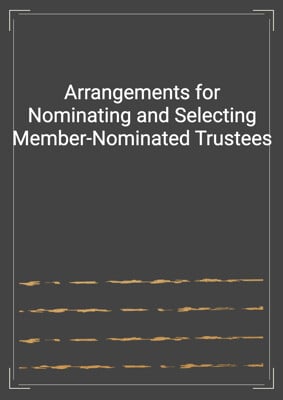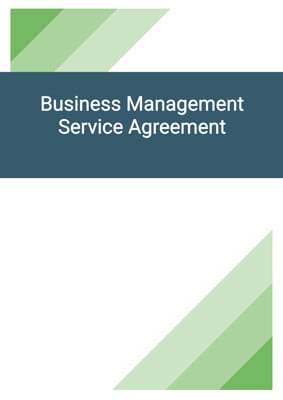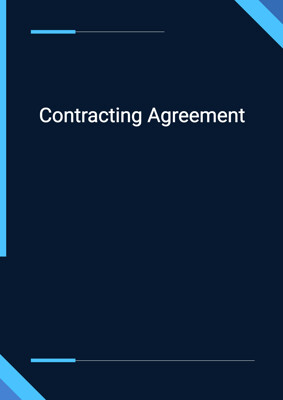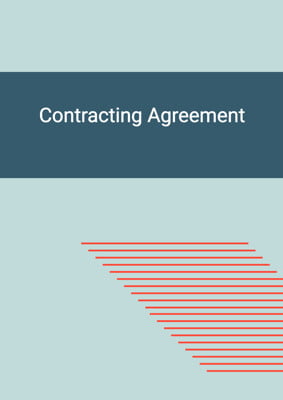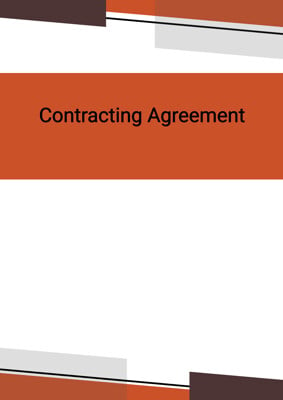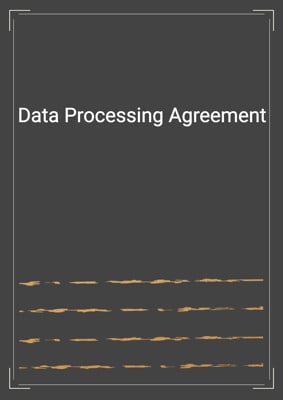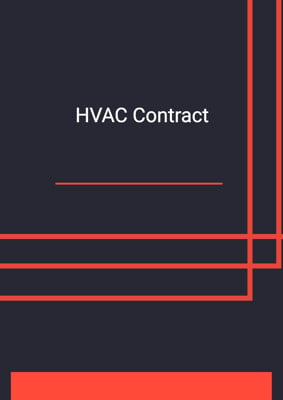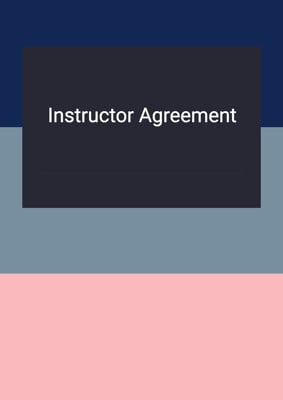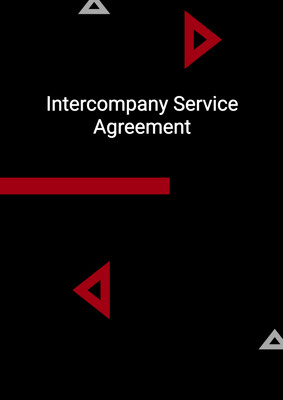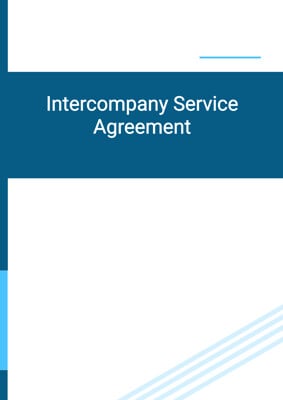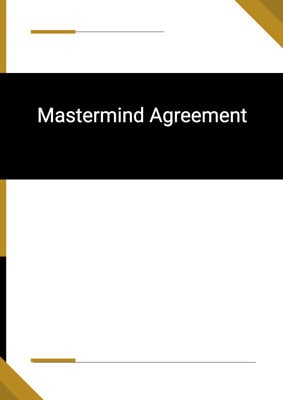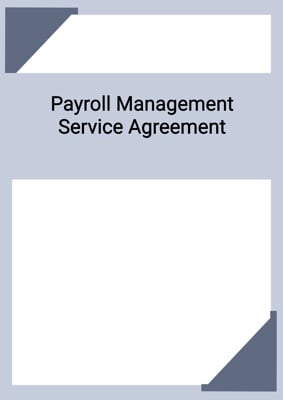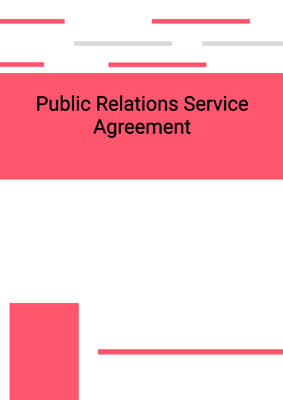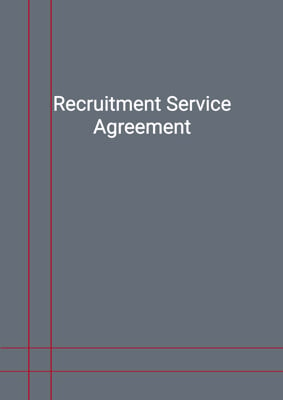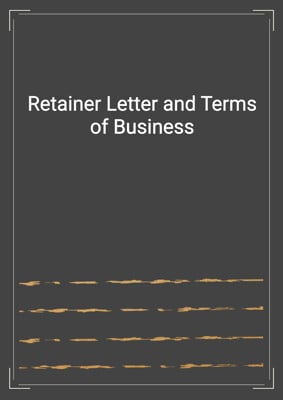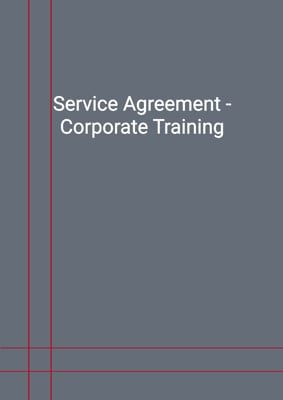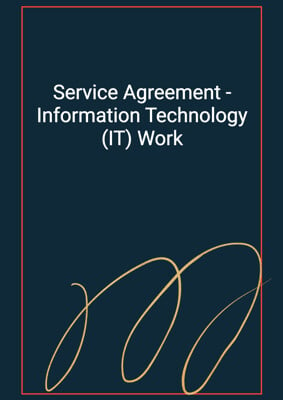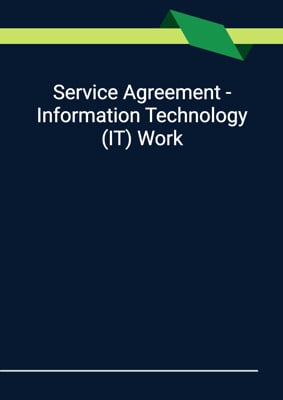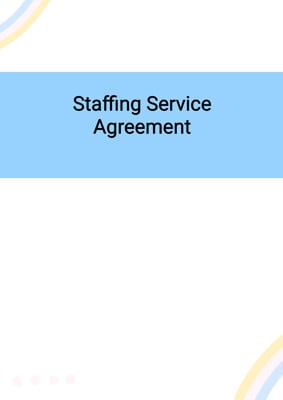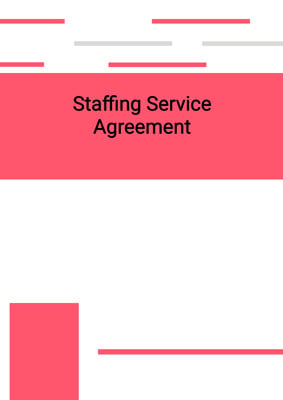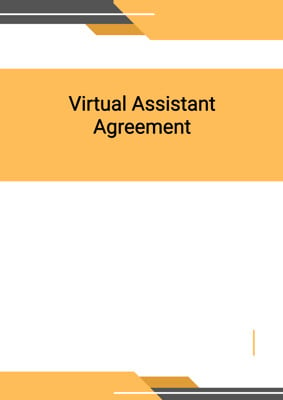How to Tailor the Document for Your Need?
01
Create Document
Fill in the details of the parties. You can click the "Fill with Member’s Information" button to complete it with information saved to your account.
02
Fill Information
Please fill in any additional information by following the step-by-step guide on the left hand side of the preview document and click the "Next" button.
03
Get Document
When you are done, click the "Get Document" button and you can download the document in Word or PDF format.
04
Review Document
Please get all parties to review the document carefully and make any final modifications to ensure that the details are correct before signing the document.
Document Preview
Document Description
The Private Tutor Agreement is a legally binding document that outlines the terms and conditions between a tutor and a client who wishes to receive private tutoring services. The agreement begins by stating the importance of the document and the parties involved. It then provides a detailed introduction to the entire document, explaining that the tutor is in the business of providing private tutoring services and the client wishes to receive such services.
The agreement is divided into several sections, each with its own detailed introduction. The first section, 'Scope of the Service', explains that the tutor will provide private tutoring services to the client and describes the details of the services, including the venue and schedule of the tutoring sessions.
The second section, 'Tutor's Obligations', outlines the responsibilities of the tutor, including providing the services in a professional and diligent manner, complying with all laws and regulations, and keeping the client's education information confidential. It also states that the tutor makes no promises or warranties regarding the client's performance as a result of the tutoring provided.
The third section, 'Service Fees', explains that the client will pay the tutor a service fee for the services rendered, and provides details on the payment schedule, late charges, and dispute resolution process. It also mentions the option of a refund if the client is not satisfied with the services.
The fourth section, 'Cancellation Policy and Late Arrival', states that both the client and the tutor have the right to cancel sessions with prior notice. It also addresses the compensation for late arrival by either party.
The fifth section, 'Warranties and Indemnities', outlines the client's obligation to report any defects in the tutor's performance and the tutor's responsibility to rectify any defaults. It also clarifies that the tutor's obligations are solely owed to the client and that the tutor's liability is capped to the amount of service fees received. The client is required to indemnify the tutor against any liabilities incurred.
The sixth section, 'Term and Termination', explains the duration of the agreement and the conditions under which either party can terminate it. It also states that the tutor may terminate the agreement if the client fails to pay for the services or breaches any material provision.
The seventh section, 'Confidential Information', emphasizes the confidentiality of the agreement and the consequences of disclosing any information related to the tutor's services.
The eighth section, 'Independent Contractor', clarifies that the tutor is an independent contractor and that neither party has the authority to act on behalf of the other.
The ninth section, 'Amendment', states that any changes to the agreement must be in writing and signed by both parties.
The tenth section, 'Assignment', prohibits the assignment or subcontracting of the agreement without the other party's consent.
The eleventh section, 'Severability', addresses the invalidity of any provision and the parties' obligation to negotiate a valid substitute provision.
The twelfth section, 'Further Assurance', requires the parties to perform any further acts or execute additional documents necessary to implement the agreement.
The thirteenth section, 'Warranty of Capacity and Power', includes representations and warranties by each party regarding their authority and capacity to enter into and carry out the obligations under the agreement.
The fourteenth section, 'Force Majeure', relieves the parties from liability for failure or delay in performing their obligations due to causes beyond their control.
The fifteenth section, 'No Rights under Contracts for Third Parties', clarifies that only the parties to the agreement have the right to enforce its terms.
The sixteenth section, 'Dispute Resolution', encourages the parties to resolve any disputes amicably and in good faith.
The seventeenth section, 'Notices and Service', provides instructions on how notices should be served and includes the addresses and contact information of the parties.
The eighteenth section, 'Counterparts', allows the agreement to be executed in multiple counterparts, each of which is considered an original.
The agreement concludes with the signatures of the parties and the date on which it was signed.
How to use this document?
To use the Private Tutor Agreement, follow these steps:
1. Provide information: Enter the names and mailing addresses of both parties involved in the agreement. If the client is contracting on behalf of a minor, include the minor's information as well. This ensures that all parties are clearly identified.
2. Specify the scope of the service: Describe the private tutoring services that will be provided by the tutor. Include details such as the venue and schedule of the tutoring sessions. This ensures that both parties are aware of the expectations and logistics.
3. Outline the tutor's obligations: Clearly state the responsibilities of the tutor, including providing the services in a professional and diligent manner, complying with all laws and regulations, and maintaining confidentiality. This ensures that the tutor understands their duties and obligations.
4. Determine the service fees: Agree on the amount and schedule of payment for the services. Specify any late charges or dispute resolution procedures. If applicable, mention the option of a refund. This ensures that both parties are aware of the financial terms.
5. Establish cancellation policy and late arrival compensation: Define the notice period for session cancellations and the consequences of late arrival. This ensures that both parties understand the expectations and consequences.
6. Address warranties and indemnities: Clarify the client's obligation to report any defects in the tutor's performance and the tutor's responsibility to rectify any defaults. Include provisions for indemnification. This ensures that both parties understand their rights and obligations.
7. Determine the term and termination conditions: Specify the duration of the agreement and the conditions under which either party can terminate it. Include provisions for non-payment or breach of material provisions. This ensures that both parties understand the duration and conditions of the agreement.
8. Maintain confidentiality: Emphasize the importance of keeping the agreement and the tutor's services confidential. This ensures that both parties understand the consequences of disclosing confidential information.
9. Clarify independent contractor status: State that the tutor is an independent contractor and that neither party has the authority to act on behalf of the other. This ensures that both parties understand the nature of their relationship.
10. Allow for amendments: Specify that any changes to the agreement must be in writing and signed by both parties. This ensures that any modifications to the agreement are properly documented.
11. Prohibit assignment: State that the agreement cannot be assigned or subcontracted without the other party's consent. This ensures that both parties understand that the agreement is between them and cannot be transferred to a third party.
12. Address severability: Include a provision stating that if any provision of the agreement is deemed invalid, the parties will negotiate a valid substitute provision. This ensures that the agreement remains enforceable even if certain provisions are deemed invalid.
13. Perform further acts if necessary: Agree to perform any further acts or execute additional documents as required by law or to implement the agreement. This ensures that both parties are committed to fulfilling their obligations.
14. Provide warranty of capacity and power: Represent and warrant that both parties have the authority and capacity to enter into and carry out the obligations under the agreement. This ensures that both parties have the legal capacity to enter into the agreement.
15. Address force majeure: State that neither party will be liable for any failure or delay in performing their obligations due to causes beyond their control. This ensures that both parties are protected in the event of unforeseen circumstances.
16. Clarify third-party rights: Specify that only the parties to the agreement have the right to enforce its terms. This ensures that the agreement is binding only on the parties involved.
17. Encourage dispute resolution: Commit to resolving any disputes amicably and in good faith. This ensures that both parties are willing to work together to resolve any issues that may arise.
18. Follow notice and service instructions: Serve any notices in accordance with the specified methods and addresses. This ensures that both parties receive important communications in a timely manner.
19. Sign the agreement: Have both parties sign the agreement and include the date of signing. This ensures that both parties acknowledge and agree to the terms and conditions of the agreement.
Not the right document?
Don’t worry, we have thousands of documents for you to choose from:
